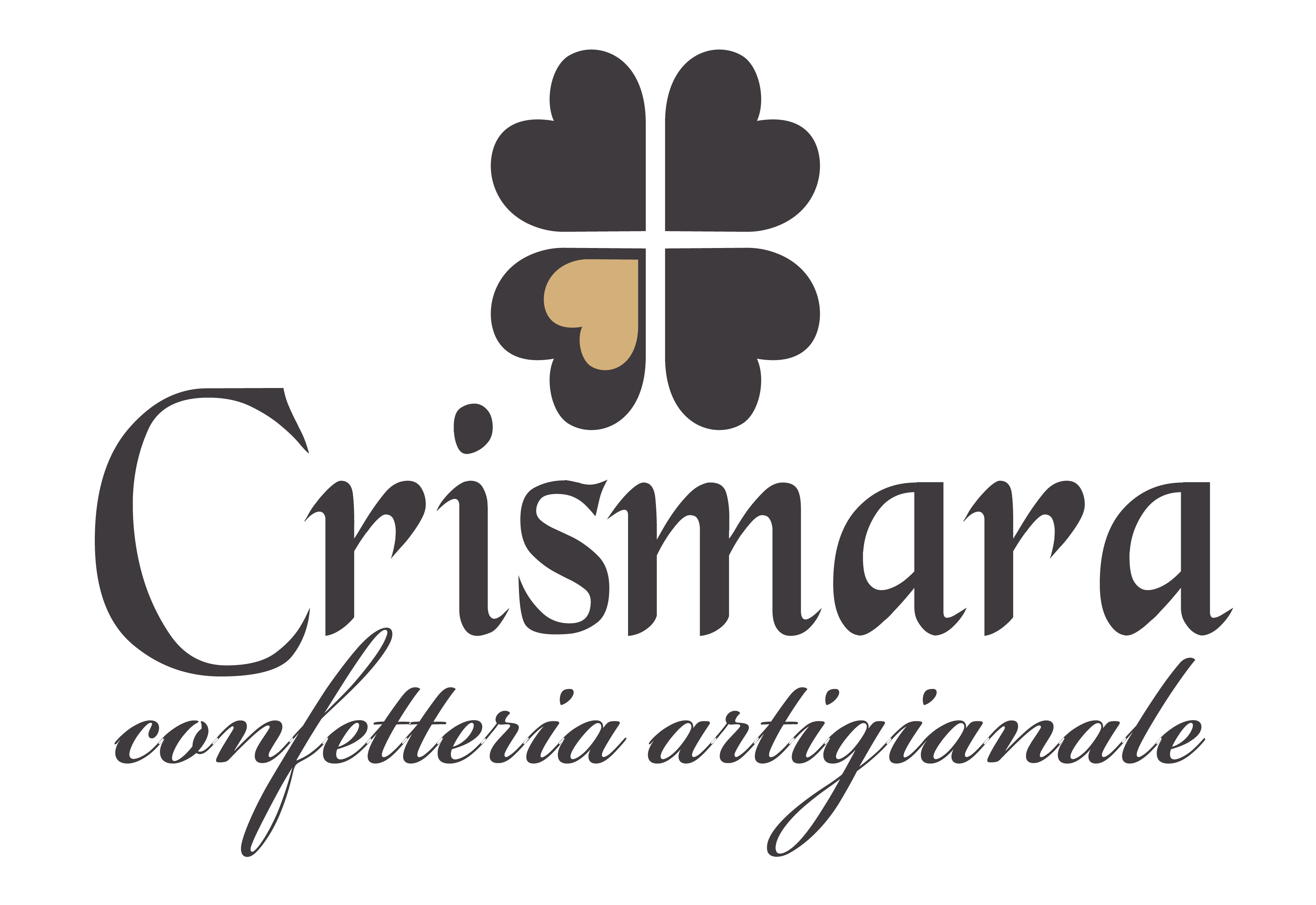- Carrello vuoto
WELCOME TO OUR SWEET WORLD
Confetti, a family tradition
AN EVOLVING STORY
Initially the production of CRISMARA Confectionery was destined almost exclusively to the creation of the classic candy for ceremonies. But, subsequently, in the face of continuous good results and customer favors, the company began to diversify the product by creating different types of candy, which is no longer denoted by its classicism but as a real confectionery product: chocolate candy, different varieties of pralines, flavored with fruit and creams. The “CHOCODELIZIE” flavored are the specialty of the company: a real union between precious Avola almonds, fine chocolate and refined aromas that guarantees a true joy for the palate to be preferred and consumed at any time of the day.
CRISMARA Confectionery with the use of the best raw materials and still following the ancient recipes and traditional methods of processing of confectioner masters proves to be a modern company that continues to be linked to the customs of the past assuring the quality of its products. Therefore, while the company is born as an industry, it is characterized by the strong artisan dimension of all its production. The success of our customers has always been so much increasing that the company is now a reality in Italy destined only to improve.
WE LOVE OUR WORK
DID YOU KNOW…?
It seems that the first candy was addressed for therapeutic purposes (the medicinal preparation was covered by a sweet shell, to make it more pleasant), and it seems that it was invented by an Arab named Al Razi.
CONFETTI: BACK TO THE ORIGINS
Italy has a great tradition in confetti. It can be defined as the “homeland” of the confetto. The candy has an ancient history that has its roots in Roman times.
Already in the fifth century B.C. in some writings we talk about products made of almonds covered in honey that were offered to guests as a symbol of luck and prosperity to celebrate births and marriages.
In the Middle Ages around 1200 almonds, anise and coriander seeds were covered with a layer of hardened honey. Also in this case it was a very popular dessert in noble families, who used to keep them in precious decorated boxes. Always in the Middle Ages, with the advent of sugar, honey abdicated the role of water softener of dishes and begin to use the candy-free noun to indicate products that had a sugar cover. This technique gave rise to the current name of “candy”. In fact, to distinguish the treated coriander, it was referred to, in the common sense, as “packaged coriander” from which subsequently derived the noun “sugared” (packaged) to indicate products that had a covering of sugar.
Confetti can be of various colors and each color, when offered on one occasion, is appropriate for the ceremony that you intend to celebrate. The etiquette wants the confetti distributed inside the bags to be always in odd numbers.
Tradition dictates that during the wedding ceremony the confetti are distributed by the bride, who will have to take them with a silver spoon from a container, which will bring the bridegroom during the tour between the tables.
The launch of confetti at the exit of the church is called “scarves” (from the Sicilian term “quarrel” “brawl”), as the boys flocked to collect confetti in confusion.
In 1806 Napoleon Bonaparte entered Verdun, a French city devoted to confectionery, for the occasion three triumphal arches made of white sugared almonds were built, under which Bonaparte passed, to symbolize the importance of the event. “
The confetti are produced using copper or steel boilers called “BASSINE” that can be pear-shaped or drum-shaped. The bassine, during the processing of the confetto, is in continuous rotation.
Inside the basins, while the almonds “turn”, are gently poured into the sugar mixtures which, with the help of hot air, evaporate leaving a uniform layer of sugar on the almonds.
We then move on to the “coating” phase, which is carried out using powdered rice starch.
Then we have the coating phase with the sugar through alternating phases of wetting and drying until the desired thickness is obtained. Following this phase, the surface of the candy appears wrinkled and irregular: in this way the smoothing and polishing phase is more or less to say “Refining”.
The confection process requires a lot of hard work and its realization can last even 2 or 3 days. Finally, the confetti are left to rest in steel frames and placed in cool and dry places and then packaged and intended for sale.


